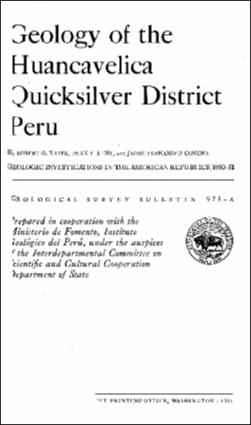Por favor, use este identificador para citar o enlazar este ítem:
https://hdl.handle.net/20.500.12544/2438Ficheros en este ítem:
| Fichero | Descripción | Tamaño | Formato | |
|---|---|---|---|---|
| Yates-Geology_of_the_Huancavelica.pdf | Reporte | 3.48 MB | Adobe PDF | Visualizar/Abrir |
| Yates-plate-1.pdf | Lámina 1 | 5.16 MB | Adobe PDF | Visualizar/Abrir |
| Yates-plate-2.pdf | Lámina 2 | 333.66 kB | Adobe PDF | Visualizar/Abrir |
| Yates-plate-3.pdf | Lámina 3 | 1.17 MB | Adobe PDF | Visualizar/Abrir |
| Yates-plate-4.pdf | Lámina 4 | 606.51 kB | Adobe PDF | Visualizar/Abrir |
| Yates-plate-5.pdf | Lámina 5 | 281.7 kB | Adobe PDF | Visualizar/Abrir |
| Yates-plate-6.pdf | Lámina 6 | 483.52 kB | Adobe PDF | Visualizar/Abrir |
Este ítem está sujeto a una licencia Creative Commons Licencia Creative Commons












